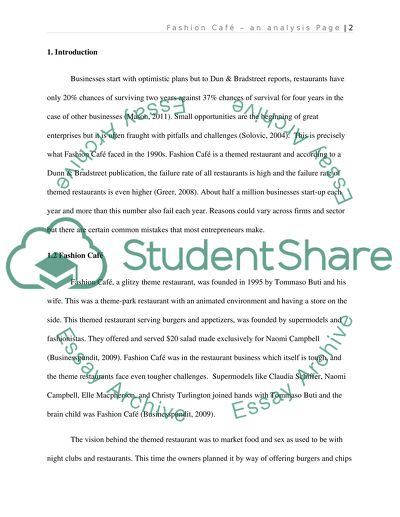Cite this document
(Fashion Caf: Lack of Entrepreneurial Persistence Case Study, n.d.)
Fashion Caf: Lack of Entrepreneurial Persistence Case Study. Retrieved from https://studentshare.org/marketing/1423005-entrepreneur
Fashion Caf: Lack of Entrepreneurial Persistence Case Study. Retrieved from https://studentshare.org/marketing/1423005-entrepreneur
(Fashion Caf: Lack of Entrepreneurial Persistence Case Study)
Fashion Caf: Lack of Entrepreneurial Persistence Case Study. https://studentshare.org/marketing/1423005-entrepreneur.
Fashion Caf: Lack of Entrepreneurial Persistence Case Study. https://studentshare.org/marketing/1423005-entrepreneur.
“Fashion Caf: Lack of Entrepreneurial Persistence Case Study”, n.d. https://studentshare.org/marketing/1423005-entrepreneur.


